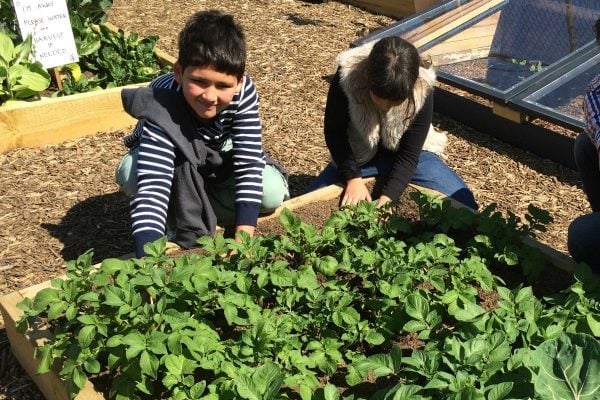
It was never our intention to create little foodies; that came about by accident. All we wanted were ‘conflict-free’ mealtimes, and the ability to sit down as a family over one meal, not two.
Let me start from the beginning.
I didn’t meet David, my husband-to-be, until I was 35. By that time, he was divorced with two young children.
Being well into our thirties meant we had a better idea of what we wanted (and didn’t want) in a relationship so, almost before I knew it, we’d moved in together and I’d inherited a two-year-old and a five-year-old.
David and I were working full time as lawyers, so it was always a race to get dinner on the table before the little ones passed the ‘hangry’ point of no return.
David did his best before I came along; wanting to ensure the kids ate nutritious food. But his repertoire consisted of two or three meals on rotation; pesto pasta with tuna and peas (tasty and nutritious), roast chicken and vegetables (for extended family dinners) and fish fingers (the kind that come in a cardboard box from the supermarket). And his limited time meant he was simply eating what he fed the kids.
The kids were like most other kids at that age; fearful of new foods and ingredients. Added to that, our two-year-old refused to eat any form of meat at all (and was anaemic) and our five-year-old was sticking steadfastly to a diet of only ‘white’ foods.






























































































